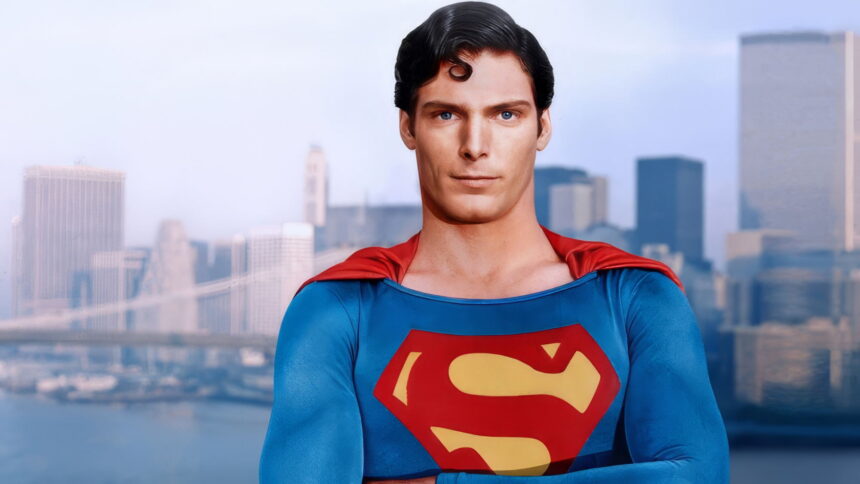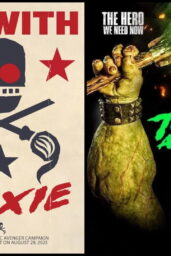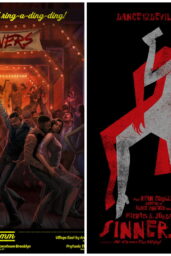Christopher Reeve's portrayal of Superman is iconic—but did you know his Man of Steel exists in not just one, but multiple timelines across DC's film universe? Like a comic book panel reprinted with new ink, each timeline offers a fresh take on the same beloved character, reflecting Hollywood's obsession with continuity and reboots. Let's dive into the labyrinth of Reeve's Superman timelines and what they reveal about superhero cinema's evolution.
The Original Timeline: A Foundation of Four Films
The journey begins with Richard Donner's Superman (1978), a film that redefined superhero cinema with its earnest tone and groundbreaking effects. This timeline continued through Superman II (1980), Superman III (1983), and Superman IV: The Quest for Peace (1987). Along the way, it spawned a spin-off, Supergirl (1984), introducing Helen Slater as Kara Zor-El. This was the golden age of Reeve's Superman—until it wasn't.
Donner's departure after the first film led to a shift in tone, with sequels becoming more comedic under Richard Lester's direction for Superman II and III, and Sidney J. Furie's for IV. The original timeline's legacy endures as the blueprint for all that followed, grossing over $2.5 billion combined across nearly five decades, according to Collider.
| Film Title | Release Year | Director | Key Notes |
|---|---|---|---|
| Superman | 1978 | Richard Donner | Set the standard for superhero films |
| Superman II | 1980 | Richard Lester | More comedic tone; Donner partially filmed |
| Superman III | 1983 | Richard Lester | Continued comedic shift |
| Superman IV: The Quest for Peace | 1987 | Sidney J. Furie | Focused on nuclear disarmament themes |
| Supergirl | 1984 | Jeannot Szwarc | Spin-off introducing Kara Zor-El |
The Richard Donner Cut: A Branching Path
In 2006, fans got a glimpse of what could have been with Superman II: The Richard Donner Cut. Using Donner's original footage, including screen tests with Reeve and Margot Kidder, this version presents an alternate take on Superman II, creating a parallel timeline. It's a “what if” scenario that highlights how director changes can fracture a franchise's continuity—much like how George Lucas's Star Wars edits reshaped fan perceptions. The cut restores Donner's epic vision, but incomplete footage meant some of Lester's theatrical version was still used, making it a hybrid of sorts.
Superman Returns: A Nostalgic Revival
Fast forward to 2006, and Superman Returns, directed by Bryan Singer, hit theaters. This film cherry-picks from the original timeline, treating Superman and the theatrical Superman II as canon while ignoring III and IV. It's a selective reboot, akin to Netflix reviving a canceled show with only the best seasons intact. Notably, Supergirl is absent from this universe, and later, this version of Superman crossed over into the Arrowverse in 2019, where it was revealed that his universe's Joker murdered Lois Lane and the Daily Planet staff, drawing inspiration from the Kingdom Come graphic novel. The Superman Returns video game also added villains like Mongul and Bizarro, expanding this timeline's universe.
Superman '78: Comics Extend the Legacy
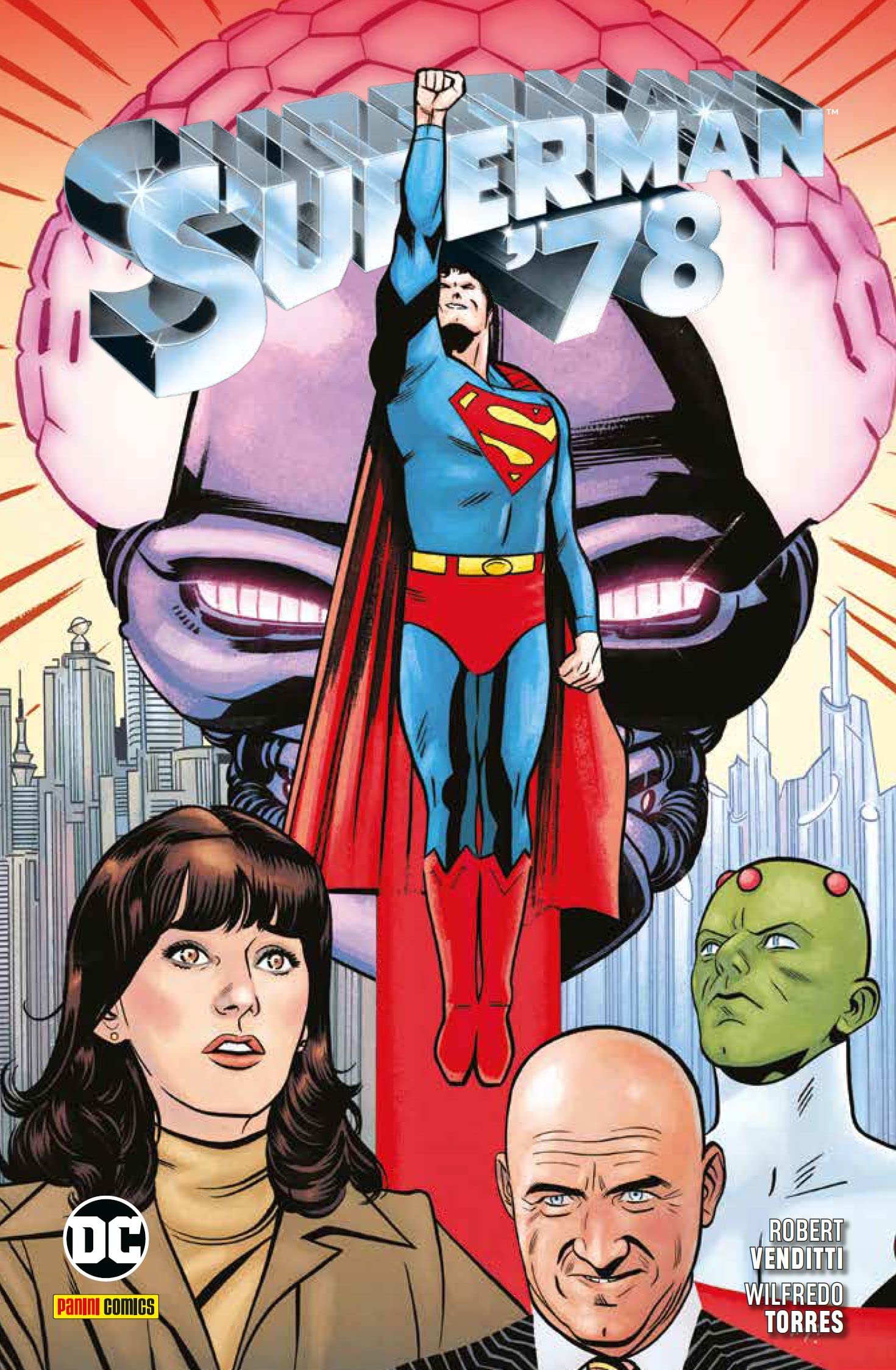
In 2021, DC Comics launched the Superman '78 series, set after the theatrical Superman II. It introduces new villains like Brainiac and Metallo while retroactively adding depth to the original films' universe, such as revealing that Jor-El and Lara survived Krypton's destruction in Brainiac's miniaturized city of Kandor. This comic series is part of a broader trend of studios extending film legacies through tie-in media—think The Mandalorian for Star Wars or WandaVision for Marvel. DC notes that Superman '78 shares a universe with the Batman '89 comics, creating a interconnected multiverse of Reeve's Superman and Michael Keaton's Batman.
The Flash (2023): Multiverse Cameos
Then there's The Flash (2023), where Reeve's Superman and Slater's Supergirl make brief appearances. This film, part of the DC Extended Universe (DCEU), uses Barry Allen's timeline meddling to collide universes. It's unclear if this is the original timeline, the Superman '78 universe, or a new reality created by The Flash's actions—much like how Spider-Man: No Way Home blended Sony and MCU timelines. The ambiguity adds to the multiverse's allure but can leave fans scratching their heads.
Why So Many Timelines? A Deep Dive into Superhero Continuity
Superhero cinema's love affair with continuity isn't new. DC and Marvel have long wrestled with overlapping timelines in comics, but films amplify the challenge. Take the Batman franchise: Tim Burton's gothic vision spawned sequels and spin-offs, while Joel Schumacher's campy take created a parallel universe. Christopher Nolan's Dark Knight trilogy stood alone, and now Matt Reeves' The Batman offers yet another fresh start. Marvel's Cinematic Universe (MCU) has embraced the multiverse with films like Spider-Man: No Way Home and Doctor Strange in the Multiverse of Madness, blending old and new.
For Superman, these multiple timelines allow for different explorations of the character's mythology, appealing to both longtime fans and new audiences. However, it can also lead to confusion for those trying to follow a linear narrative. The phenomenon reflects broader industry patterns over the past decade, where studios balance nostalgia with innovation. For instance, the MCU's Phase 4 (2021–2022) introduced multiverse concepts to revive older characters, while DC's DCEU has struggled with continuity, rebooting Superman with Henry Cavill in Man of Steel (2013) and now David Corenswet in the upcoming Superman (2025).
Reeve himself understood this adaptability. In a 1988 interview, he said, “Superman is not about an alien saving the world—it's about a man who decides to do something about the world he lives in” (Christopher Reeve – Wikipedia). His portrayal's enduring appeal lies in this human element, which transcends timelines and resonates across decades.
The Impact of Multiple Timelines: Blessing or Curse?
For fans, these branching timelines are a double-edged sword. On one hand, they offer endless storytelling possibilities—new villains, alternate histories, and fresh takes on familiar characters. On the other, they can feel overwhelming, especially for casual viewers. It's like trying to follow Game of Thrones without a family tree. Data from fan discussions on platforms like X suggests a split: some fans love the variety, while others crave a single, cohesive narrative.
The timelines also highlight Reeve's lasting impact. His Superman, much like Marlon Brando's Vito Corleone or Harrison Ford's Han Solo, has become a cultural touchstone. Each timeline honors that legacy while pushing the character forward, whether through comics, TV crossovers, or multiverse cameos. The 2024 documentary Super/Man: The Christopher Reeve Story underscores this, portraying Reeve's rise as a star and his activism after a 1995 accident that left him paralyzed, further cementing his legacy beyond the screen.
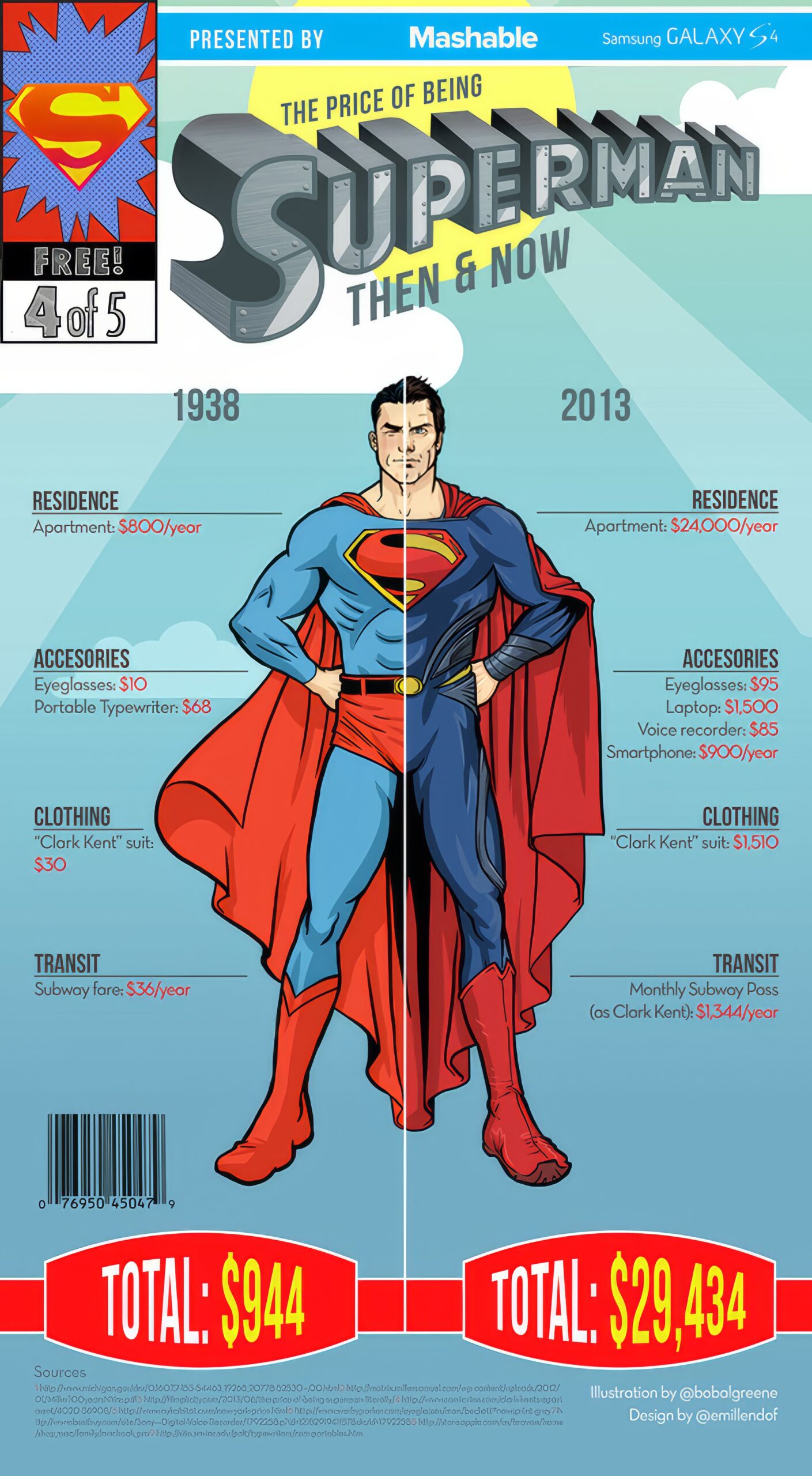
A Fresh Perspective: Superman as a Mirror of Cinema's Evolution
What makes Reeve's Superman particularly fascinating is how his timelines mirror the evolution of superhero cinema itself. The original films were groundbreaking blockbusters, setting the stage for Batman (1989) and Spider-Man (2002). Superman Returns arrived in an era of reboots and nostalgia, while The Flash reflects today's multiverse obsession. This isn't just about Superman—it's about how we tell stories in an age of franchises. Like a Netflix algorithm recycling ideas until they're stale, Hollywood keeps revisiting these characters, each iteration slightly different.
But here's the uncomfortable truth: Reeve's Superman remains unmatched. His earnest, hopeful portrayal captures something modern iterations sometimes miss—a sense of humanity. As DC prepares for James Gunn's Superman (2025), starring David Corenswet, the multiple timelines of Reeve's era serve as a reminder: no matter how many universes you create, the heart of the character matters most.
Closing Thoughts: Which Timeline Do You Choose?
So, what do you think? Do you crave the simplicity of a single timeline, or do you thrive on the chaos of a multiverse? Would you risk diving into all five of Reeve's Superman timelines, or stick to just the original? Share your thoughts below—because when it comes to Superman, there's a universe for everyone.


